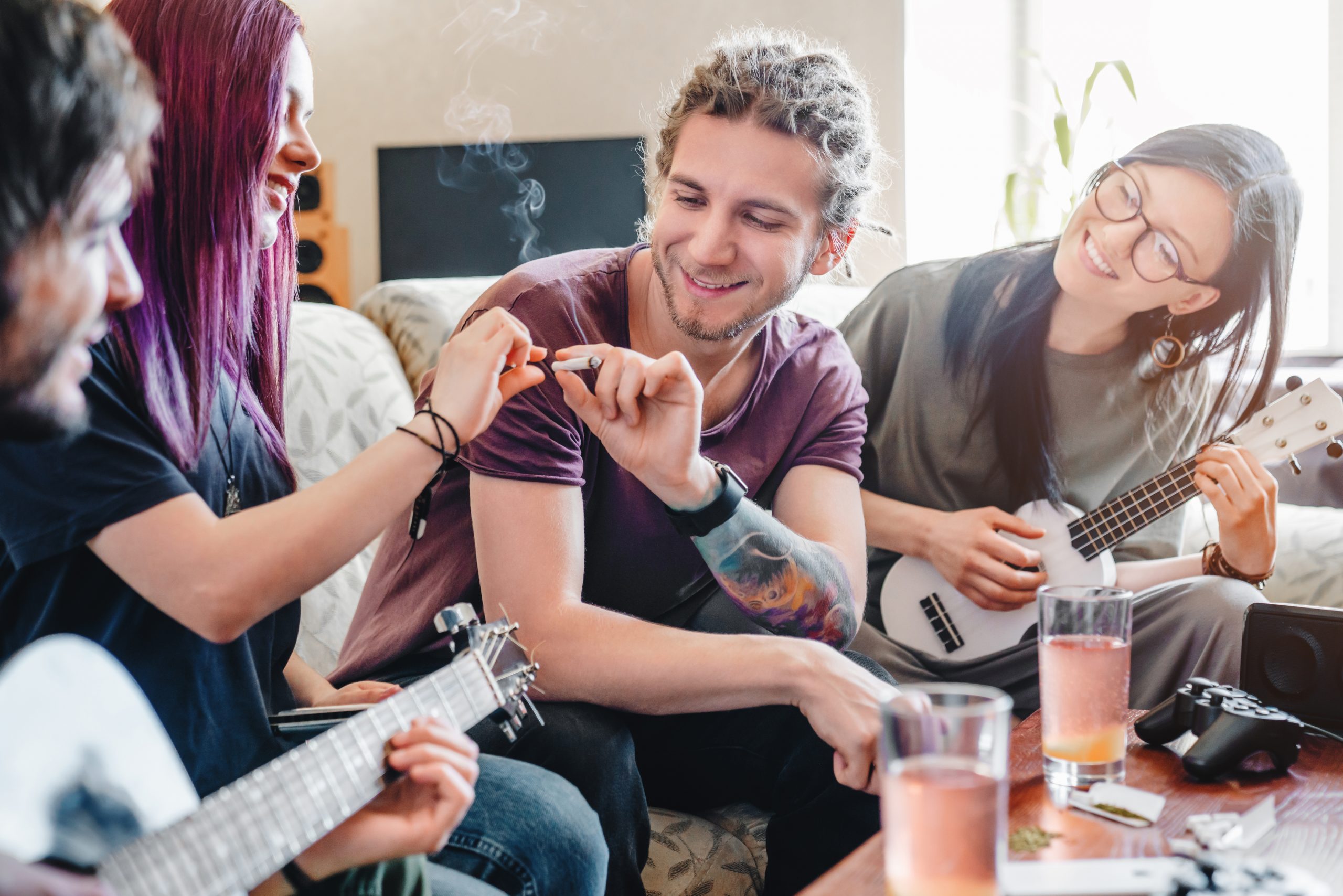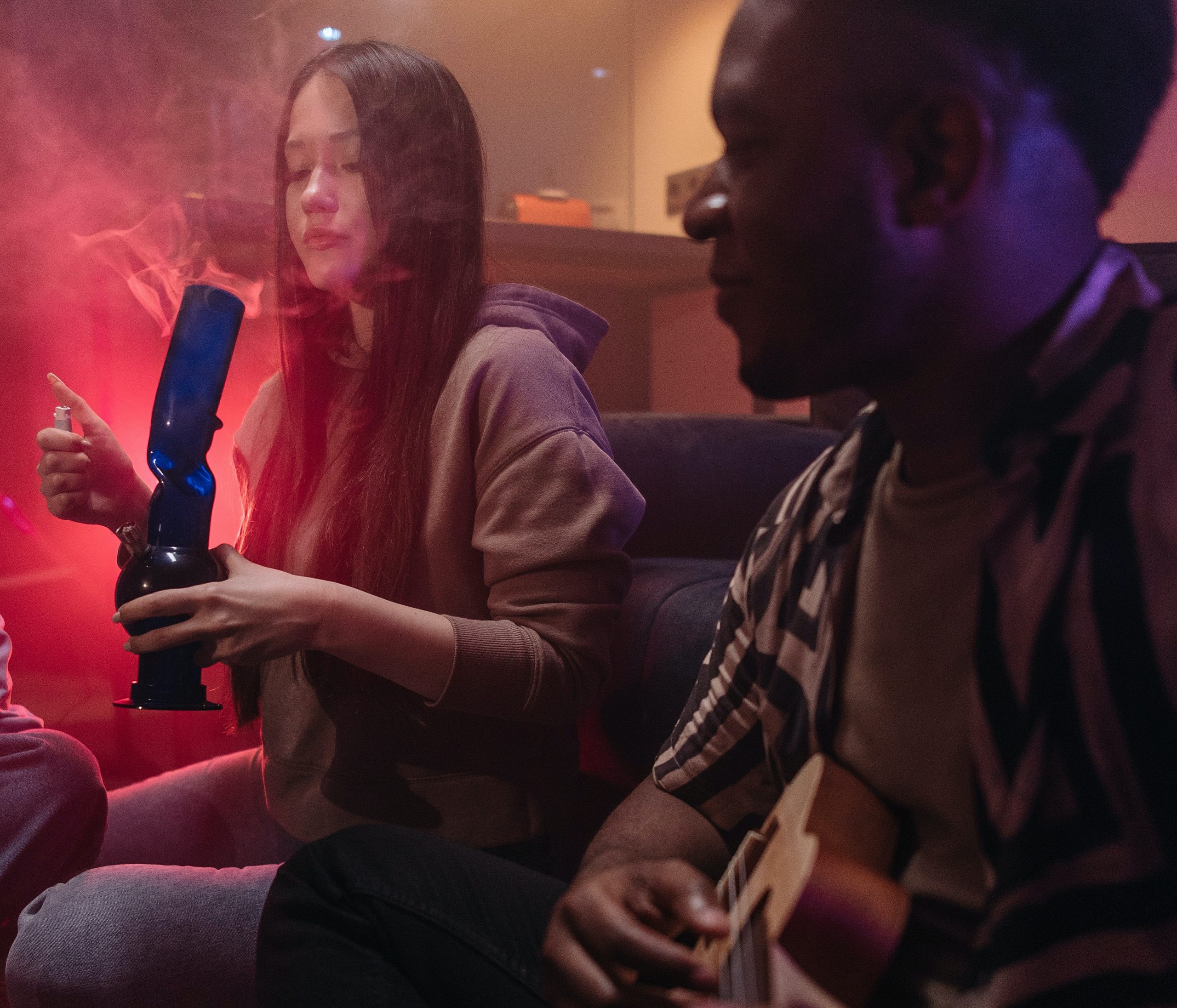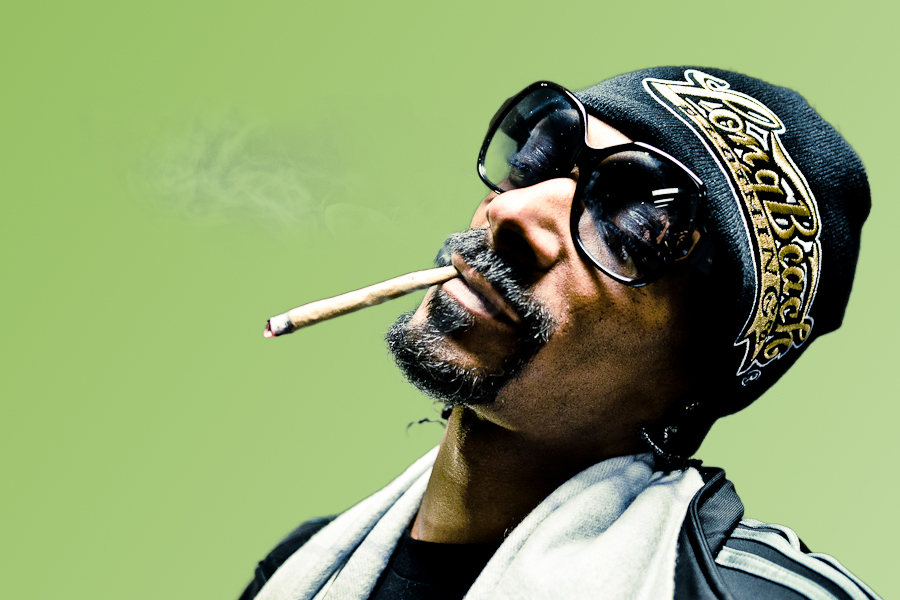Before cannabis consumption impacted the society at large, it had long been a part of musical genres like psychedelic rock and reggae. Despite being historically stigmatized, cannabis has gradually lost its criminal connotation, becoming legal across the country, and no longer as carefully regulated for recreational use. Musicians have benefited from the stimulating and psychotropic cannabis properties over time, which may have also improved their music and creativity. Is that the case?
Theorigins
The origins of using cannabis for artistic purposes can be traced to various ancient cultures. For example, in ancient Egypt, the use of cannabis was widespread for both medicinal and religious purposes. The plant was believed to have a connection to the goddess of love, Hathor, and was used to facilitate artistic and musical inspiration. The Egyptians used cannabis to create a type of scented balm that was burned during ceremonies, creating an atmosphere conducive to creativity and art.
In other parts of the world as well, such as in ancient India, cannabis has played a significant role in art and culture. In Indian tradition, cannabis is associated with the god Shiva, an important figure in the Hindu pantheon. Shiva is often depicted with a garland of cannabis leaves around his neck, a symbol of his connection to creativity and spiritual liberation. Cannabis was also used to make a drink called bhang, which was consumed during religious celebrations and was believed to have stimulating effects on the mind and imagination.
’20
Cannabis consumption was widely popular among musicians way back in the 1920s, especially in jazz music. Jazz artists liked cannabis because it could “stretch time.” From 1938 to 1962, Dr. James Munch, a professor of physiology and pharmacology at Temple University’s School of Pharmacology in Philadelphia, Pennsylvania, served as the “official expert” on cannabis for the U.S. government. Dr. Munch believed there was a very good reason why cannabis was popular among jazz musicians, in his own words:
“Because the chief effect of cannabis as far as jazz musicians were concerned was that it lengthens the sense of time, and therefore they could get more grace beats into their music than they could if they simply followed the written copy… In other words, if you’re a musician, you’re going to play the thing the way it’s printed on a sheet. But if you’re using cannabis, you’re going to work in about twice as much music between the first note and the second note. That’s what made jazz musicians. The idea that they could jazz things up, liven them up, you see.”
In 1928, the legendary trumpeter Louis Armstrong released an instrumental composition called “Muggles” that was a common nickname for Marijuana. Armstrong was a fervent supporter of the drug’s calming and creative effects.
’60 -‘70
Also Bob Dylan, in addition to his own music, is most famous for introducing John Lennon to cannabis. The Beatles would later use subliminal references in songs like “Got to Get You in My Life” to bring cannabis (and psychedelics) into the wider mainstream of white counter-culture. In a 1963 Playboy interview, Dylan spoke about marijuana and opium saying:
“Now these things aren’t drugs; they just bend your mind a little,I think everybody’s mind should be bent once in a while.”
With the rise in popularity of the electric guitar, psychedelic rock was created by the effects of spacy guitar pedals, which allowed a straightforward guitar riff to develop into a web of musical intricacy. The 1967 “Summer of Love” and the historic 1969 Woodstock Festival, which featured headliners like Jimi Hendrix and The Jefferson Airplane who played psychedelic sets, marked the height of this counter-culture. The 1970s saw a significant decline in the use of psychedelics and cannabis in rock music, however dancehall and reggae from the Caribbean continued to frequently feature references to cannabis.
’80 -‘90
Beyond his impact on ska and reggae, Bob Marley was one of the most vocal proponents of cannabis in his era. Marley, a Rastafarian, embraced cannabis as a natural help for religious development and spiritual meditation. Bob Marley has become a symbol of cannabis use as part of his lifestyle and musical vision. In his songs, Marley often references cannabis as a tool for liberation, inspiration, and spiritual connection. His message of peace, love, and equality, often accompanied by the use of cannabis as a symbol of freedom, has made his music an embodiment of the entire reggae culture.
In the gangster rap of the 1980s and 1990s, cannabis was a frequent motif, once more ingrained in the culture of a marginalized group that was demonized by conservatives and President Ronald Reagan’s war on drugs. One of the most known faces associated with marijuana use is Snoop Dogg, a Long Beach rapper who rose to fame as a pop culture phenomenon.
Today
Today, cannabis is pervasive in all genres of music, from mellow indie pop to nasty SoundCloud trap. Artists as diverse as Lana Del Rey’s “High by the Beach,” Bruno Mars’ “Smokin’ out the Window,” and Future’s “Drinkin n Smokin” have all made implicit or overt allusions to cannabis use in their songs over the past ten years. I doubt college students today think of smoking pot as the same kind of rebellion it formerly was because it is no longer seen as a part of Black or Hippy culture.
Cannabis emphasizes your musical experience
Cannabis has often been associated with expanding consciousness and exploring new musical sounds and ideas.But it can also be useful outside the creative process? Absolutely yes. Cannabis functions as a psycho-acoustic booster, which increases your capacity for assimilation, concentration, and a small amount of spectrum. It doesn’t alter the music, and it doesn’t alter how the ears work.
It obviously alters how we experience ear space in music.Tetrahydrocannabinol (THC) is known to stimulate the part of the brain that manages pleasure, interfering with short-term memory, which forces listeners into the present moment of the music as it develops.
People who are high tend to hear music note by note.In other words, Cannabis helps a listener to focus entirely on the music. Music follows a fixed path with time and is purely temporal in comparison to other types of art. Being high and listening to music go hand in hand; unlike watching a movie or reading a book, you don’t have to actively think about the music you’re listening to.
The euphoric feeling comes from our brain’s capacity for pattern recognition, which allows it to recognize harmonics, melody, and rhythm. Cannabis’s capacity to stimulate “hyper-priming,” or connecting to seemingly abstract and unrelated themes, may encourage enhanced creative production from both musicians and listeners alike.



